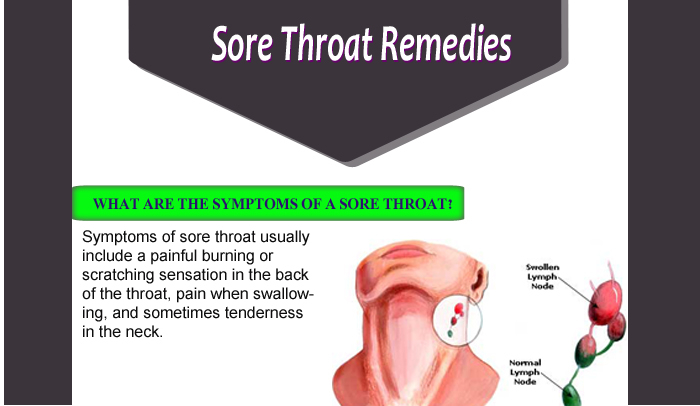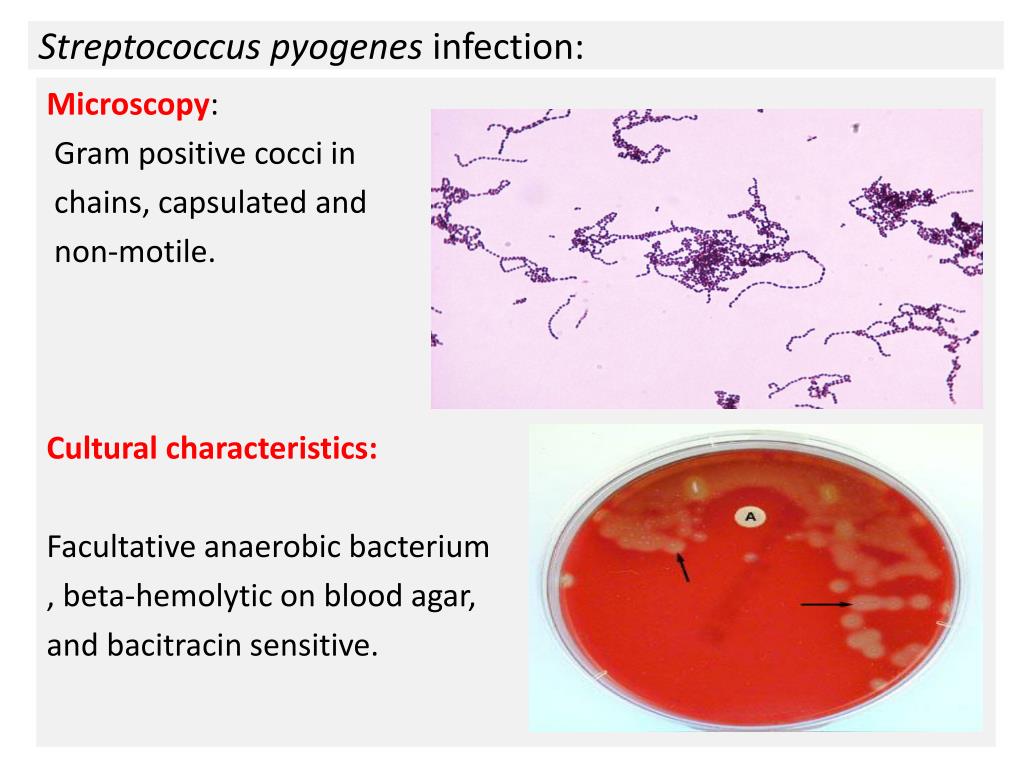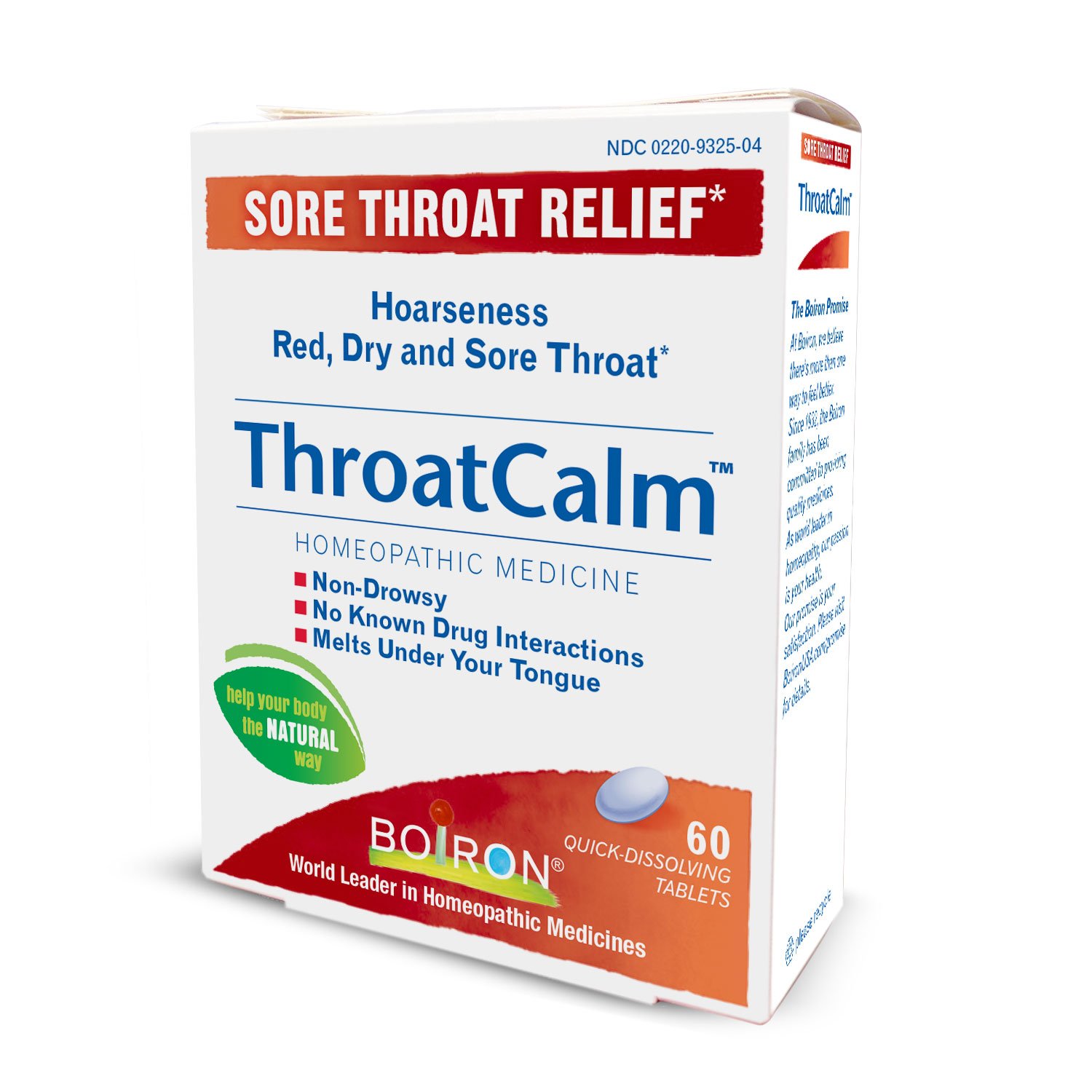Strep and yeast infection. Strep Throat and Yeast Infections: Understanding the Connection and Differences
What are the key differences between strep throat and yeast infections. How can you distinguish between the symptoms of these two conditions. Is there a potential link between strep throat and yeast infections in the throat or vagina.
Understanding Strep Throat: Causes, Symptoms, and Transmission
Strep throat is a bacterial infection caused by Streptococcus pyogenes, also known as group A streptococcus. This condition primarily affects children between 5 and 15 years old, though it can occur in adults as well. The infection is characterized by a sudden onset of symptoms, including:
- Severe sore throat
- Difficulty swallowing
- Fever (with or without chills)
- Headache
- Vomiting
- General malaise
Upon examination, a healthcare provider may observe:
- Redness in the throat
- Swollen and red tonsils, sometimes with patches of pus
- Red spots on the soft palate
- Enlarged and tender lymph nodes in the neck
Strep throat spreads through respiratory droplets when an infected person coughs or sneezes. It can also be transmitted through shared food, drinks, or by touching contaminated surfaces.

Yeast Infections of the Throat: Thrush Explained
While strep throat is caused by bacteria, yeast infections of the throat, known as thrush, are caused by an overgrowth of Candida fungi. Thrush can affect people of all ages, including infants, and is more common in individuals with:
- Diabetes
- Weakened immune systems
- Recent antibiotic or corticosteroid treatment
Symptoms of thrush may include:
- White patches on the tongue, tonsils, inner cheeks, gums, and roof of the mouth
- Slightly raised lesions with a cheese-like appearance
- Soreness and difficulty swallowing
- Bleeding when the patches are scraped
- Loss of taste
Unlike strep throat, thrush typically does not cause swollen lymph nodes.
Distinguishing Between Strep Throat and Yeast Infections
Can strep throat be mistaken for a yeast infection? While both conditions can cause throat discomfort, there are key differences:
- Causative organism: Strep throat is bacterial, while thrush is fungal.
- Appearance: Strep throat often presents with red, swollen tonsils and red spots on the soft palate. Thrush causes white patches throughout the mouth.
- Duration: Strep throat typically resolves within 1-2 weeks, while thrush can persist for weeks or months if left untreated.
- Treatment: Strep throat responds to antibiotics, while thrush requires antifungal medications.
The Potential Connection Between Strep Throat and Vaginal Yeast Infections
Is there a link between strep throat and vaginal yeast infections? While these conditions are caused by different organisms, there may be indirect connections:

- Antibiotic use: Treatment for strep throat often involves antibiotics, which can disrupt the natural balance of bacteria and fungi in the body, potentially leading to yeast overgrowth.
- Immune system effects: Both infections can impact the immune system, potentially making an individual more susceptible to other types of infections.
- Strep vagina: In rare cases, group B streptococcus can colonize the vagina, leading to a condition sometimes referred to as “strep vagina.”
Strep Vagina: A Lesser-Known Condition
Can strep bacteria affect the vagina? While less common than strep throat, strep vagina is a real condition. It’s typically caused by group B streptococcus rather than the group A strain responsible for strep throat. Symptoms may include:
- Vaginal discomfort or pain
- Unusual discharge
- Burning sensation during urination
- Redness and swelling of the vulva
Strep vagina can be mistaken for a yeast infection, highlighting the importance of proper diagnosis by a healthcare professional.

Prevention and Treatment Strategies for Strep Throat and Yeast Infections
How can you prevent and treat these conditions effectively?
Strep Throat Prevention and Treatment:
- Practice good hand hygiene
- Avoid sharing personal items
- Cover your mouth when coughing or sneezing
- Seek medical attention for proper diagnosis and antibiotic treatment if necessary
Yeast Infection Prevention and Treatment:
- Maintain a balanced diet low in sugar and refined carbohydrates
- Avoid unnecessary antibiotic use
- Boost immune system health
- Use antifungal medications as prescribed by a healthcare provider
The Impact of Diet and Lifestyle on Throat and Vaginal Health
Does diet play a role in susceptibility to strep throat and yeast infections? While a poor diet may not directly cause these conditions, it can impact overall health and immune function. Consider the following dietary and lifestyle factors:
- Balanced nutrition: A diet rich in fruits, vegetables, and whole grains supports immune function.
- Probiotic foods: Yogurt, kefir, and fermented vegetables can help maintain a healthy balance of microorganisms in the body.
- Hydration: Adequate water intake supports overall health and can help flush toxins from the body.
- Stress management: Chronic stress can weaken the immune system, making you more susceptible to infections.
- Sleep: Proper rest is crucial for maintaining a strong immune system.
When to Seek Medical Attention for Throat or Vaginal Symptoms
How do you know when it’s time to consult a healthcare professional? Consider seeking medical attention if you experience:

- Persistent sore throat lasting more than a week
- Difficulty swallowing or breathing
- High fever (over 101°F or 38.3°C)
- Unusual or persistent vaginal discharge
- Vaginal pain or discomfort that doesn’t respond to over-the-counter treatments
- Recurrent infections
Early diagnosis and appropriate treatment can help prevent complications and reduce the risk of spreading infections to others.
The Importance of Proper Diagnosis
Why is it crucial to get an accurate diagnosis for throat and vaginal symptoms? Self-diagnosis and inappropriate treatment can lead to:
- Prolonged discomfort and symptoms
- Potential spread of infectious organisms
- Development of antibiotic resistance if antibiotics are used unnecessarily
- Missed diagnosis of more serious conditions
Healthcare providers can perform specific tests, such as throat cultures or vaginal swabs, to determine the exact cause of symptoms and prescribe the most effective treatment.
The Role of Probiotics in Maintaining Throat and Vaginal Health
Can probiotics help prevent strep throat and yeast infections? While more research is needed, probiotics may offer several benefits:

- Supporting the immune system
- Helping maintain a balanced microbiome in the mouth, throat, and vagina
- Potentially reducing the risk of antibiotic-associated yeast overgrowth
Consider incorporating probiotic-rich foods into your diet or discussing probiotic supplements with your healthcare provider.
Long-Term Health Implications of Recurrent Infections
What are the potential consequences of frequent strep throat or yeast infections? Recurrent infections can have several long-term effects:
- Weakened immune system
- Increased risk of antibiotic resistance
- Potential for chronic inflammation
- Impact on quality of life and mental health
If you experience recurrent infections, work with your healthcare provider to identify underlying causes and develop a comprehensive management plan.
The Connection Between Oral and Vaginal Health
Is there a relationship between oral health and vaginal health? While the mouth and vagina are distinct ecosystems, they can influence each other:
- Systemic effects of infections: Both oral and vaginal infections can impact overall health and immune function.
- Shared risk factors: Factors like diabetes, immune suppression, and certain medications can increase the risk of both oral and vaginal yeast infections.
- Potential for cross-contamination: In some cases, oral-genital contact can potentially transmit microorganisms between these areas.
Maintaining good hygiene practices and addressing infections promptly can help protect both oral and vaginal health.

Emerging Research on Microbial Interactions
What does current research reveal about the relationships between different microorganisms in the body? Recent studies have shown:
- Complex interactions between bacteria and fungi in various body sites
- Potential protective effects of certain bacterial strains against fungal overgrowth
- The impact of the gut microbiome on overall immune function and susceptibility to infections
As our understanding of these microbial ecosystems grows, new prevention and treatment strategies may emerge for conditions like strep throat and yeast infections.
The Future of Personalized Medicine in Infection Management
How might advances in personalized medicine impact the treatment of strep throat and yeast infections? Future approaches may include:
- Genetic testing to identify individual susceptibility to certain infections
- Microbiome analysis to tailor probiotic and prebiotic interventions
- Personalized immune-boosting strategies based on individual health profiles
- Targeted antimicrobial therapies that minimize disruption to beneficial microorganisms
These advancements could lead to more effective, personalized approaches to preventing and treating infections while supporting overall health and well-being.

Is There a Connection between Strep Throat and Yeast infection – YeastInfection.Org
What is Strep Throat?
Strep throat is a throat infection with a bacterium called Streptococcus pyogenes, also known as group A streptococcus. Sore throat is a major symptom of this condition, and the condition is therefore commonly called strep throat. Strep throat is common in children between 5 and 15 years old, and is rare in children below 3 years of age.
Before we go any further, we want to share something valuable with you. As part of our commitment to helping you overcome candida yeast infections, we’ve created a library of free resources and ebooks that provide science-backed strategies for getting rid of candida infections and getting your health back. Don’t miss out on this opportunity to take control of your health – click here to download your free resources now.
What does the Strep Throat infection look like?
There is a sudden onset of sore throat. The child may suddenly start feel generally unwell. This may progress to throat pain, difficulty in swallowing, headache, fever (with or without chills) and vomiting. On examination, the throat of the child may be red, with red and enlarged tonsils, sometimes with patches of pus. The area at the back of roof of the mouth may show red spots. The lymph glands in the neck may be enlarged and tender.
The child may suddenly start feel generally unwell. This may progress to throat pain, difficulty in swallowing, headache, fever (with or without chills) and vomiting. On examination, the throat of the child may be red, with red and enlarged tonsils, sometimes with patches of pus. The area at the back of roof of the mouth may show red spots. The lymph glands in the neck may be enlarged and tender.
Related articles:
- What You Need to Know about Mouth and Throat Yeast Infections
- Multiple Yeast Infections Have Tried Everything
- Ringworm
- Geotrichum and Yeast Infection: Are They Connected?
- Everything You Need To Know About Candida Glabrata
- Recurring Ringworm: Can It Be Candida?
Is Strep Throat related to Yeast Infection?
Yeast or Candida infection of the mouth and throat can cause a sore throat similar to strep throat. However, the yeast infection of the throat does not lead to strep throat.
Yeast infection of the throat is called thrush, and usually occurs in people with diabetes, weak immune system or having had treatment with antibiotic or corticosteroids. It can occur in all age groups, and even in an infant if the mother has vaginal thrush and the baby was born through vaginal delivery.
While thrush and strep throat can look alike, the causative organisms are different for the two conditions.
What are the symptoms of sore throat caused by Yeast?
Yeast infection of the throat can start suddenly or slowly. The symptoms may be confused with a mild case of strep throat. There are white patches on the tongue and tonsils, as well as the mucosa of the inner cheeks, gums, roof of the mouth. The patches may be slightly raised with a cheese-like appearance. The soreness may make it difficult to eat or swallow food. On scraping the patches, there may be bleeding spots. There is a loss of taste in the mouth. There is usually no swelling of lymph nodes.
How is Strep Throat different from Yeast Infection?
Strep throat spreads through air, when an infected person coughs or sneezes and discharges the bacteria into the air. It can also spread through shared food or drinks, or by touching contaminated things. Yeast is normally present in our body, and in the presence of decreased immunity, it overgrows and leads to infections.
Thrush caused by yeast leads to white patches throughout the mouth, while the patches in strep throat are mainly on the tonsils, with red spots on the roof of back of the mouth. Usually pus points are not seen on the tonsils in yeast infection. While the yeast infection can linger on for weeks or months, strep throat usually resolves in a week or two, with or without treatment.
Related articles:
- Unexplained Joint Pains & Candida Connection
- Can Candida Cause Canker Sores?
- Is Labored Breathing a Sign of Candida?
- 10 Psychological Effects of Having Candida Yeast Overgrowth
- Oral Yeast Infection (Oral Thrush) Symptoms, Causes & Treatment
- All You Need To Know About Rhodotorula
Studies have shown that antibiotics decrease the severity of the symptoms, but the duration is reduced only by a day. Antifungal drugs and supplements are required for yeast infection of the throat.
Antifungal drugs and supplements are required for yeast infection of the throat.
Strep Vagina Is a Real Thing
This article was medically fact-checked by Women’s health expert and Gynaecologist Dr. Alyssa Dweck.
We’re going to start this out with a little story.
I have a friend of a friend that would get chronic yeast infections. Let’s call her Polly.
Polly would often get them after she had sex. Which was frequent. Her diet of coffee, cheese sticks, and cigarettes definitely didn’t help her system stay balanced either.
One time, thinking she had a yeast infection, she turned to her go-to treatments and creams.
None of them worked.
After going too long in vag-onizing discomfort, Polly finally went to the doctor.
After a swabbing and testing, Polly’s doctor found out that she didn’t have a yeast infection this time afterall.
She had a strep infection. In her vagina.
Like strep throat, but in her vagina!!!
I’m a little ashamed to admit that upon hearing this, I burst into laughter. Given the context and absurdity of it, I couldn’t help but crack up.
Given the context and absurdity of it, I couldn’t help but crack up.
After regaining my composure, I began to ask questions.
As a reproductive health writer and educator, I took it upon myself to dive in and find out exactly the how, what, and why of strep vaginas.
When in Labor Land
In my work as a birth doula, I’ve worked with many clients that have had Group B Strep, or GBS, bacteria present in their vagina. If they’re birthing in a hospital, that typically means administering a round of an antibiotic, usually Penicillin, every four or so hours.
Around 25% of women have GBS in their vagina, but it’s rare that this will cause complications with the pregnancy or baby, and even rarer when antibiotics are used.
Despite having this knowledge, it still came as a shock to me that someone could have a strep infection in their vagina. Logically of course, it makes total sense.
Understanding Strep Bacteria
If you’re familiar with the vaginal flora, and the microbiomes we have in our bodies, it probably comes at no surprise that we are hosts to a myriad of different kinds of bacteria, including streptococcus. There are four different groups of strep bacteria: A, B, C and G.
There are four different groups of strep bacteria: A, B, C and G.
For the most part, people cohabitate peacefully with strep bacteria in their bodies. On occasion, it can get a little out of hand, and cause infections. Many of us have had strep throat, which is usually caused by Group A. Group B is most dangerous for infants, although in adults it can cause skin, blood, and bone infections. Group C infections are rare, as it’s typically transmitted from contact with animals like cows or horses.
Group G strep infections are also not very common, however, rates of infections have increased in recent years. Group G however is commonly found in the flora of the human skin, oral cavity, nasopharynx, gastrointestinal tract, and vagina. This is normal, although can lead to infection in some cases.
How Can it Affect Your Vagina?
For prepubescent girls, Group A strep is a recognized cause of vaginitis. Now researchers are finding that it can also affect adults with vaginas (https://www. ncbi.nlm.nih.gov/pubmed/21336834). Because of a lack of research and understanding, these women are often misdiagnosed as having vulvovaginal candidosis. A different kind of bacterial imbalance. Bacteria are friendly, and like to get around. If someone in your household, especially someone you’re intimate with is a carrier of Group A strep, it’s possible they could transmit it to you.
ncbi.nlm.nih.gov/pubmed/21336834). Because of a lack of research and understanding, these women are often misdiagnosed as having vulvovaginal candidosis. A different kind of bacterial imbalance. Bacteria are friendly, and like to get around. If someone in your household, especially someone you’re intimate with is a carrier of Group A strep, it’s possible they could transmit it to you.
Given the high prevalence of Group B strep, it’s not usually attributed to causing infections. Even when it is present in women with vulvovaginal symptoms. Doctors are even more cautious about diagnosing on the basis of Group B strep because levels of it can vary through a woman’s menstrual cycle, and other hormonal shifts like pregnancy.
Although some levels of Group G strep are normal, this strain can lead to severe infection, which could possibly occur in the genitals. Vaginal strep infections are rare. Given symptoms like abnormal discharge, swelling, and redness, that are similar to other vaginal infections, it can make it almost impossible to diagnose strep vagina without a bacterial culture. Even with a culture, strep isn’t usually the first thing a doctor will test for. Meaning like Polly, people often won’t find out until initial treatments don’t work, and symptoms worsen.
Even with a culture, strep isn’t usually the first thing a doctor will test for. Meaning like Polly, people often won’t find out until initial treatments don’t work, and symptoms worsen.
Technically called Strep A or B Vaginitis, this is not a sexually transmitted disease. However, in a small sample, researchers found that sexual contact may increase the transmission of GBS amongst heterosexual couples.
Who Gets Strep Vagina?
The risk of GBS infections increases with age. As with any infection, you are also at a greater risk if you are immuno-compromised, or don’t have the healthiest lifestyle. Like our friend Polly. Colonization of Group A strep, is more common in people with other skin conditions like eczema, psoriasis, or open sores. Strep bacteria can also travel to the urethra, and cause painful urinary tract infections.
How It’s Treated
Most likely with antibiotics. Even if symptoms start out on the mild side, strep infections can be serious, and potentially life-threatening if they spread to the blood and other areas of the body. The kind of antibiotic prescribed will depend on what type of strep is present, and other health factors your doctor may take into account.
The kind of antibiotic prescribed will depend on what type of strep is present, and other health factors your doctor may take into account.
Oh and about Polly?
Thanks for asking.
She went on antibiotics, and her and her vagina are back to their normal, healthy selves.
I have a friend of a friend that would get chronic yeast infections. Let’s call her Polly.
Polly would often get them after she had sex. Which was frequent. Her diet of coffee, cheese sticks, and cigarettes definitely didn’t help her system stay balanced either.
One time, thinking she had a yeast infection, she turned to her go-to treatments and creams.
None of them worked.
After going too long in vag-onizing discomfort, Polly finally went to the doctor.
After swabbing and testing, Polly’s doctor found out that she didn’t have a yeast infection this time after all.
She had a strep infection. In her vagina.
Similar to strep throat, but in her vagina!!!
The strain of strep causing strep throat (group A) and usually discussed vaginal strep (group B strep ) are not the same strain.
I’m a little ashamed to admit that upon hearing this, I burst into laughter. Given the context and absurdity of it, I couldn’t help but crack up.
After regaining my composure, I began to ask questions.
As a reproductive health writer and educator, I took it upon myself to dive in and find out exactly the how, what, and why of strep vaginas.
When in Labor Land
In my work as a birth doula, I’ve worked with many clients that have had Group B Strep, or GBS, bacteria present in their vagina. If they’re birthing in a hospital, that typically means administering a round of an antibiotic, usually Penicillin, every four or so hours.
Around 25% of women have GBS in their vagina , but it’s rare that this will cause complications with the pregnancy or baby, and even rarer when antibiotics are used.
Despite having this knowledge, it still came as a shock to me that someone could have a strep infection in their vagina. Logically of course, it makes total sense.
Understanding Strep Bacteria
If you’re familiar with the vaginal flora, and the microbiomes we have in our bodies, it probably comes at no surprise that we are hosts to a myriad of different kinds of bacteria, including streptococcus.
There are three different groups of strep bacteria: A, B, and C.
For the most part, people cohabitate peacefully with strep bacteria in their bodies. On occasion, it can get a little out of hand, and cause infections.
Many of us have had strep throat, which is usually caused by Group A. Group B is most dangerous for infants, although in adults it can cause skin, blood, and bone infections.
Group C infections are rare, as it’s typically transmitted from contact with animals like cows or horses.
How Can it Affect Your Vagina?
For prepubescent girls, Group A strep is a recognized cause of vaginitis. Now researchers are finding that it can also affect adults with vaginas. Because of a lack of research and understanding, these women are often misdiagnosed as having vulvovaginal candidosis. A different kind of bacterial imbalance.
A different kind of bacterial imbalance.
Bacteria are friendly and like to get around. If someone in your household, especially someone you’re intimate with is a carrier of Group A strep, it’s possible they could transmit it to you.
Given the high prevalence of Group B strep, it’s not usually attributed to causing infections. Even when it is present in women with vulvovaginal symptoms. Doctors are even more cautious about diagnosing on the basis of Group B strep because levels of it can vary through a woman’s menstrual cycle, and other hormonal shifts like pregnancy.
Vaginal strep infections are rare. Given symptoms like abnormal discharge, swelling, and redness, that are similar to other vaginal infections, it can make it almost impossible to diagnose strep vagina without a bacterial culture. Even with a culture, strep isn’t usually the first thing a doctor will test for.
Meaning like Polly, people often won’t find out until initial treatments don’t work, and symptoms worsen.
Technically called Strep A or B Vaginitis, this is not a sexually transmitted disease. However, in a small sample, researchers found that sexual contact may increase transmission of GBS amongst heterosexual couples.
Who Gets Strep Vagina?
The risk of GBS infections increases with age. As with any infection, you are also at greater risk if you are immuno-compromised, or don’t have the healthiest lifestyle. Like our friend Polly.
Colonization of Group A strep, is more common in people with other skin conditions like eczema, psoriasis, or open sores. Strep bacteria can also travel to the urethra, and cause painful urinary tract infections.
How It’s Treated
Most likely with antibiotics. Even if symptoms start out on the mild side, strep infections can be serious, and potentially life threatening if they spread to the blood and other areas of the body.
The kind of antibiotic prescribed will depend on what type of strep is present, and other health factors your doctor may take into account.
Oh and about Polly?
Thanks for asking.
She went on antibiotics, and she and her vagina are back to their normal, healthy selves.
Facts checked by:
Dr. Alyssa Dweck
Alyssa Dweck MS, MD, FACOG is a practicing gynecologist in Westchester County, New York. She provides care to women of all ages; she has delivered thousands of babies. She is proficient in minimally invasive surgery and has special interest and expertise in female sexual health and medical sex therapy. She is top doctor in New York Magazine and Westchester Magazine. Dr. Dweck has co-authored three books including the most recent release The Complete A to Z For Your V.
Website | Twitter
Written by:
Angular cheilitis – Periodontology – “Axioma Dental”
Content
- Causes of angular cheilitis
- Symptoms of angular cheilitis
- Treatment of angular cheilitis
- Benefits
Angular cheilitis is also referred to as angular stomatitis or canker sores. This term is understood as inflammation of the skin, red border and mucous membrane in the corners of the mouth. This pathology is common in the group of children and the elderly. However, with frequent occurrence, it is necessary to exclude a number of diseases of internal organs and metabolic processes, for example, diabetes mellitus, a decrease in the functioning of the immune system, etc.
This term is understood as inflammation of the skin, red border and mucous membrane in the corners of the mouth. This pathology is common in the group of children and the elderly. However, with frequent occurrence, it is necessary to exclude a number of diseases of internal organs and metabolic processes, for example, diabetes mellitus, a decrease in the functioning of the immune system, etc.
Causes of angular cheilitis
The most common causative agents are yeast-like fungi of the genus Candida, as well as streptococci. The type of pathogen determines the tactics of treatment, but concomitant factors must also be taken into account.
Predisposing factors for the formation of angular cheilitis include:
- vitamin B deficiency;
- diabetes mellitus;
- skin injuries;
- allergic reactions;
- immunosuppression;
- formation of folds in the corners of the mouth due to age-related changes.
These and other factors reduce the body’s resistance to various infections.
Symptoms of angular cheilitis
Typical symptoms of angular cheilitis depend on the type of pathogen, as well as the age of the patient:
- Streptococcal congestion.
It is more common in children and is characterized by the formation of bubbles in the corners of the mouth, which gradually burst with the formation of painful erosions. Gradually, the ulcers become covered with a crust, but when the mouth is opened, they burst, which causes pain. With streptococcal seizure, soreness is noted with any movement of the lips.
- Yeast or fungus.
This form of inflammation does not form a crust. The erosion itself is covered with a whitish coating, which is easily removed. However, it may not be noticeable when closing the mouth. Often this pathology is combined with fungal stomatitis.
Treatment of angular cheilitis
Treatment depends on the diagnosis and the identified pathogen. Therefore, it is always required to conduct an examination and some laboratory tests aimed at identifying the pathogen and its drug sensitivity.:max_bytes(150000):strip_icc()/overview-of-strep-throat-1191987_final-21489a625c774930abb4a3c12e13b0a6.png)
When determining fungal inflammation, antifungal ointments are prescribed, which are used topically. When streptococcal inflammation is detected, antibiotics are used. For the speedy restoration of the skin, vitamins can be prescribed, which are not only taken orally, but also topically. In difficult cases, physiotherapy is recommended: electrophoresis, phonophoresis.
The advantage of treating angular cheilitis at the Axioma Dental Clinic
Our clinic is staffed by experienced dentists, mucosal specialists, who will quickly diagnose and offer treatment. The advantage is that our doctors consider the body as a single system and if angular cheilitis occurs frequently, they will recommend visiting doctors from other specialties to look for the cause.
In addition, caries, inflammatory diseases of the oral cavity, can become a source of infection for the occurrence of streptococcal congestion. Our doctors will help eliminate the source of infection and offer a full range of dental services.
